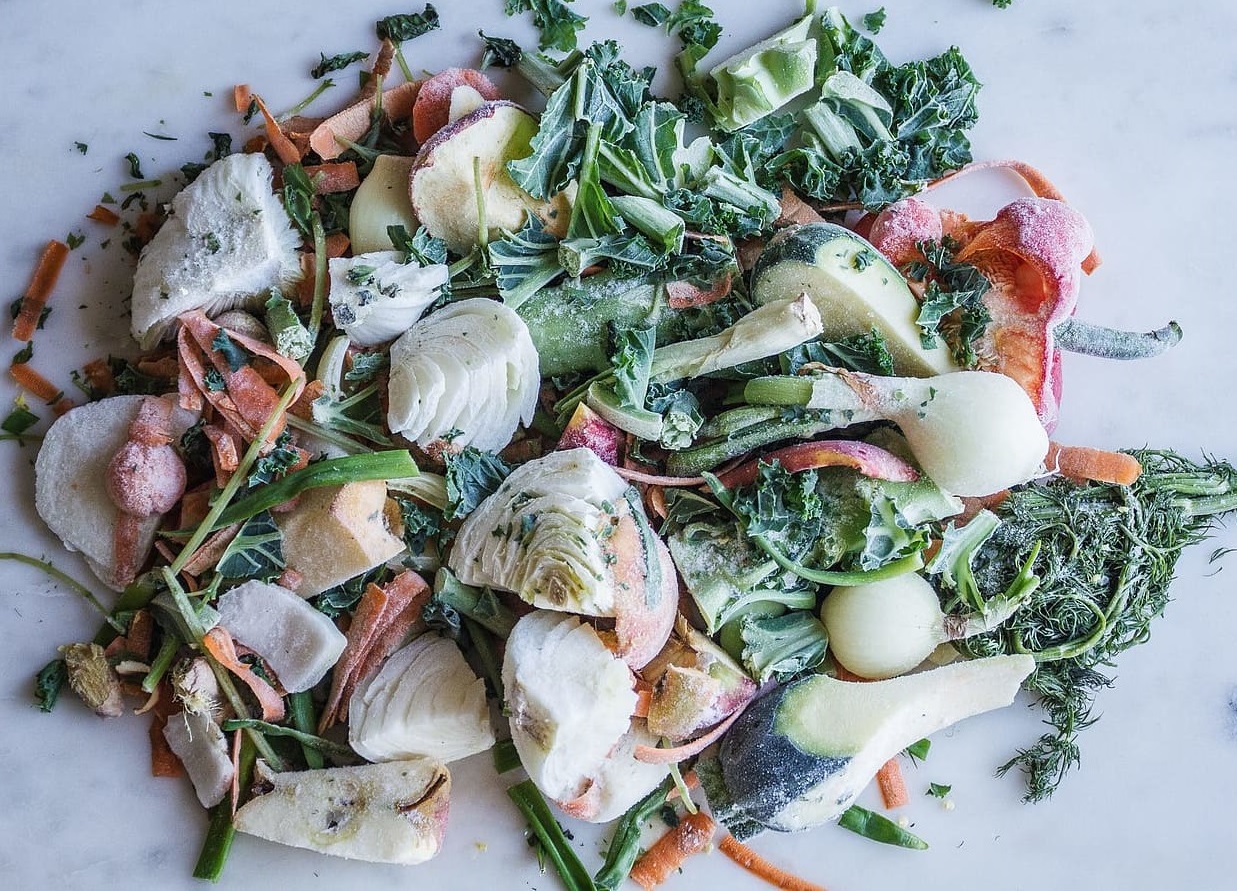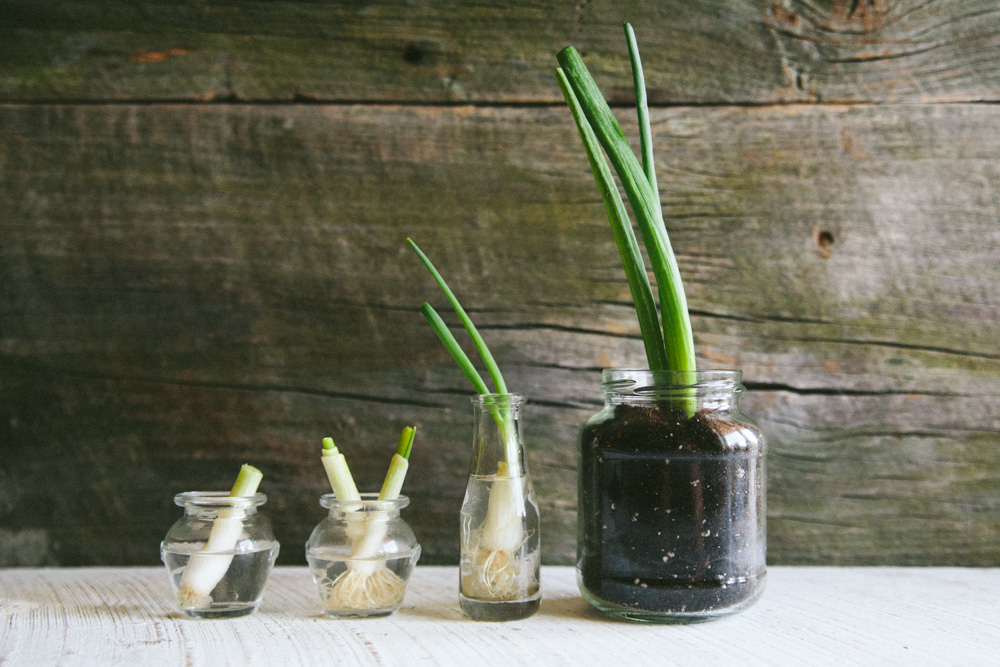
Between the bountiful summer harvest and the COVID-19 pandemic keeping many of us at home, the time is ripe for minimizing food waste from our home kitchens. There are so many ways to get the most use out of our food, like using all of the edible parts of proteins and produce or stretching the shelf-life of items by dehydrating or pickling.
“Every last bit of vegetable and protein contains nutrition and flavor waiting to be savored”
– wisdom from The Soupmaker’s Kitchen
Recipe Books
“Cooking With Scraps” Arranged alphabetically by main ingredient, this recipe book makes it easy to use food scraps that you may not know are useful, even the liquid leftover from boiling chickpeas: “aquafaba”. One compelling section is about infused liquors, oils and vinegars. You can also check out an ebook copy through Hoopla.
“The Waste Not, Want Not Cookbook” Though this cookbook doesn’t just focus on scraps, it does stress the importance of not throwing out food. Paging through this, you’ll find inspiration for cooking up common ingredients in uncommon ways.
“Cooking Scrappy” This author wants home cooks to stop, think and get creative before tossing out perfectly usable ingredients. Arranged by mealtime, these recipes propose using commonly thrown out scraps like the skins from peeled root vegetables and aged cheese rinds.
“The Soupmaker’s Kitchen” – The first section outlines several master stock recipes that both offer great foundations for soups and use up meat and vegetable scraps. Each individual soup recipe includes a section listing the preferred trimmings for creating its base stock. Hoopla also offers an ebook copy of this title.
Preservation Guides
“Waste-Free Kitchen Handbook: A Guide to Eating Well and Saving Money by Wasting Less Food” Dana Gunders recommends a wealth of ways to prevent food waste like rearranging your refrigerator and downsizing recipes to the right portion for your needs. This guide also details the best practices for food storage and is available as an ebook.
“Preserving Food Without Freezing or Canning” Translated from French, this book shares traditional ways to preserve “live” foods that maintain more flavor, nutrition and use less energy and appliances. These methods include salt and sugar curing, sun drying and preserving raw ingredients in oil.
“The Big Book of Preserving the Harvest” Some of the methods outlined here require more specialized techniques and extreme temperatures in order to kill bacteria for long-term preservation. The author focuses on recipes that require freezing, canning, pickling and dehydrating foods. You can also access this title as an ebook.

“The Art of Fermentation” This comprehensive guide won Sandor Ellix Katz a James Beard Award; it discusses the history, science, global traditions and in-depth recipes for exploring the “creative space between fresh food and rotten food.”
“Don’t Throw It, Grow It!” Learn how to stretch your food scraps by propagating them in water or soil for meals to come. This title has immediate access as an ebook through Hoopla.


